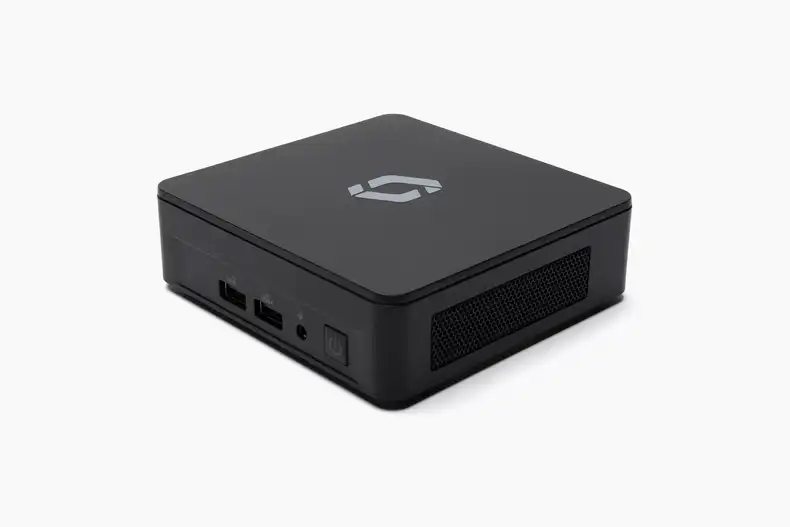As digital signage becomes more and more popular, it is being increasingly used internally among companies to improve intra-company communications. One of the ways digital signage is used internally is for displaying company dashboards that feature important key performance indicators (KPIs). When KPI metrics are tracked and made known, teams can clearly see where they are on achieving company goals.
In this article, we will focus on this use of digital signage for displaying KPI metrics in the software-as-a-service (SaaS) industry. This article is part of a larger series on the application of digital signage for displaying business dashboards. Relatedly, we recently made published an article on digital signage dashboards in the medical field and an article on dashboard KPIs for sales teams. As is the case with medical companies and sales teams, there are a variety of metrics that SaaS companies must track, be aware of, and act on in order to stay competitive. SaaS companies are particularly well positioned for using digital signage for KPI dashboard purposes, as many SaaS metrics can be automatically compiled directly from tracking tools within their software or app. These metrics can then automatically be pushed to the company’s digital signage dashboard in real time.
1. Monthly Recurring Revenue
This metric is arguably the most important for SaaS companies. As the SaaS model relies on monthly, subscription based revenues, companies can predict with reasonable accuracy their expected revenue each month from these subscriptions. Considering that cash flow is just as important to SaaS companies as it is to any other company, SaaS companies must aim to manage their ongoing expenses within the bounds of their projected monthly recurring revenue numbers. By tracking this KPI, teams can keep track of any changes in this monthly recurring revenue, and they can quickly dig deeper and fix issues that may cause drops in this metric.
2. Monthly Recurring Revenue Growth Rate
A natural next step for monthly recurring revenue metrics is to quantify the changes in this metric. Companies that are on top of their data and metrics will know not only that they are growing; they will also know how quickly they are growing. The monthly recurring revenue growth rate captures this change, and it is simply the month over month percent change of monthly recurring revenue. Knowing this metric helps your team be more sophisticated in measuring growth, and it certainly impresses investors when you and your team knows this metric of the top of your heads.
3. Churn Rate
While a subscription model can be great for growth, customers can be lost just as quickly as they sign up. Most SaaS verticals have many competitors that offer the same or similar software solutions. If customers aren’t happy with your product, they will quickly jump to your competitors. Churn rate measures the monthly (or any time period) percentage rate of how many customers you are losing over a given period of time. You should measure customer churn each month. If you churn is in the double digits, you may want to focus your company resources on product development and customer onboarding, as your product may have some serious faults. Keeping track of churn rate will help you make sure your hard earned customers are met with a great product that acutely and accurately meets their needs.
4. Net Promoter Score
Net Promoter Score (NPS) has been a real buzzword in the tech space in recent years, however, unlike most buzzword ideas, the NPS is greatly meaningful and useful. In short, NPS measures customer happiness with your product and customer loyalty to your product. To measure NPS, customers are asked: “How likely is it that you would recommend our product to a friend or colleague?” Customers then respond with a number of 1 through 10, with 10 indicated they are very likely to recommend the product. Customers who answer 9 and 10 are considered “promoters”; Customers who answer 7 and 8 are considered “passives”; Customers who answer 0-6 are considered “detractors”. The net promoter score is then the percent of total customers who are promoters minus the percent of total customers who are detractors. The goal for companies is to get their NPS as high as possible, thus having more and more customers be active promoters of their product and less customers who are unenthused or unhappy detractors. Measuring this KPI gives your team another measurement to use as a “warning light” in the case that anything is going wrong.
5. Customer Acquisition Cost
Customer acquisition cost (CAC) is, simply, the cost of acquiring a customer. The CAC can be measured in terms of sales and marketing costs per new customer, and it can also be measured in terms of total company costs per new customer. It all depends on how specific your goals are with this metric. It is important to track changes in your CAC, as it will be the first metric to tell you whether or not your costs are potentially too high. This, of course, depends on the revenue brought in by each customer. If your customer acquisition cost is quickly recouped by new revenue brought in by each customer, you are at the helm of a profitable enterprise. If this is not the case, you may have to do some reworking of your business model or products. Pay attention to the customer acquisition cost, and, all things equal, get this number as low as possible over time.
Using digital signage to display a dashboard of KPIs is a great way to lead and manage a data-driven SaaS enterprise. If your team is constantly aware of where your company stands in terms of its KPIs and if your team is constantly working to improve these KPIs overtime, your SaaS company will be more likely to achieve long term success. To read more on dashboard solutions with digital signage, take a look at our several digital signage dashboard use cases.





